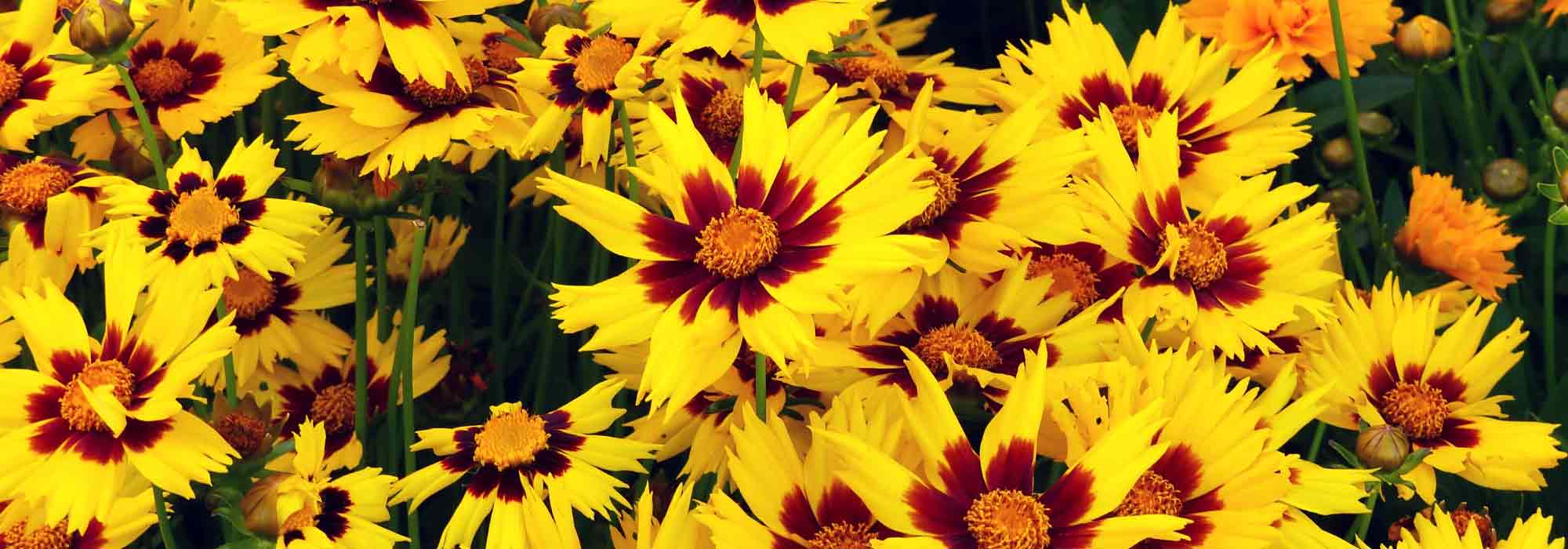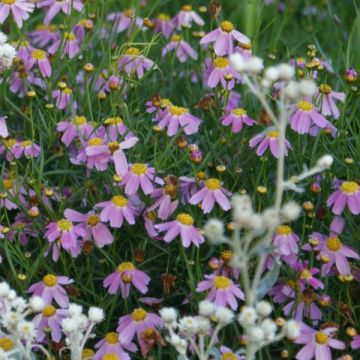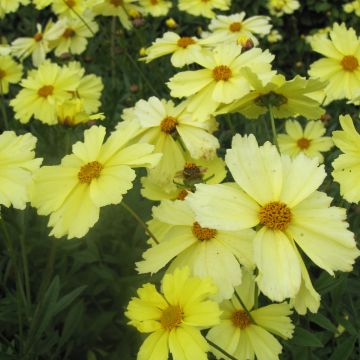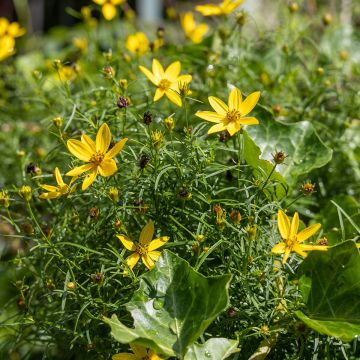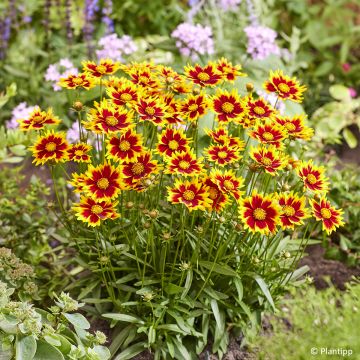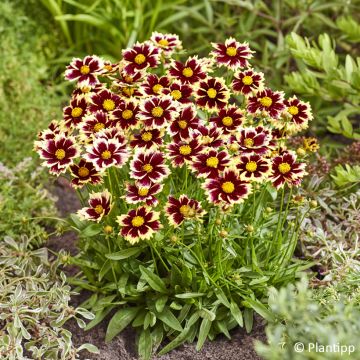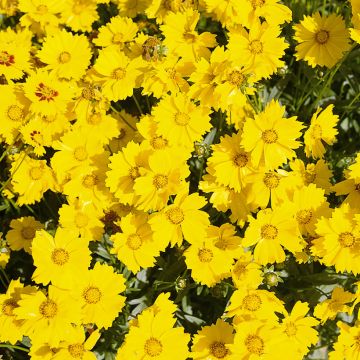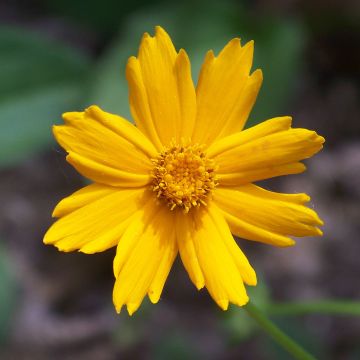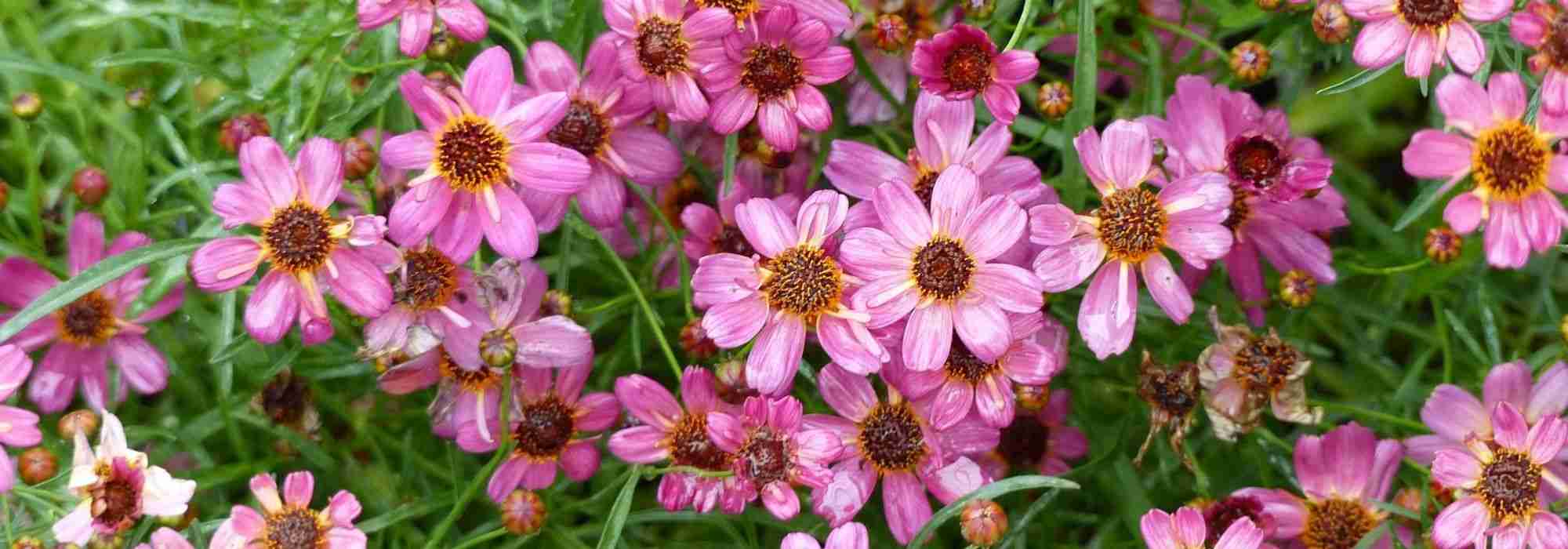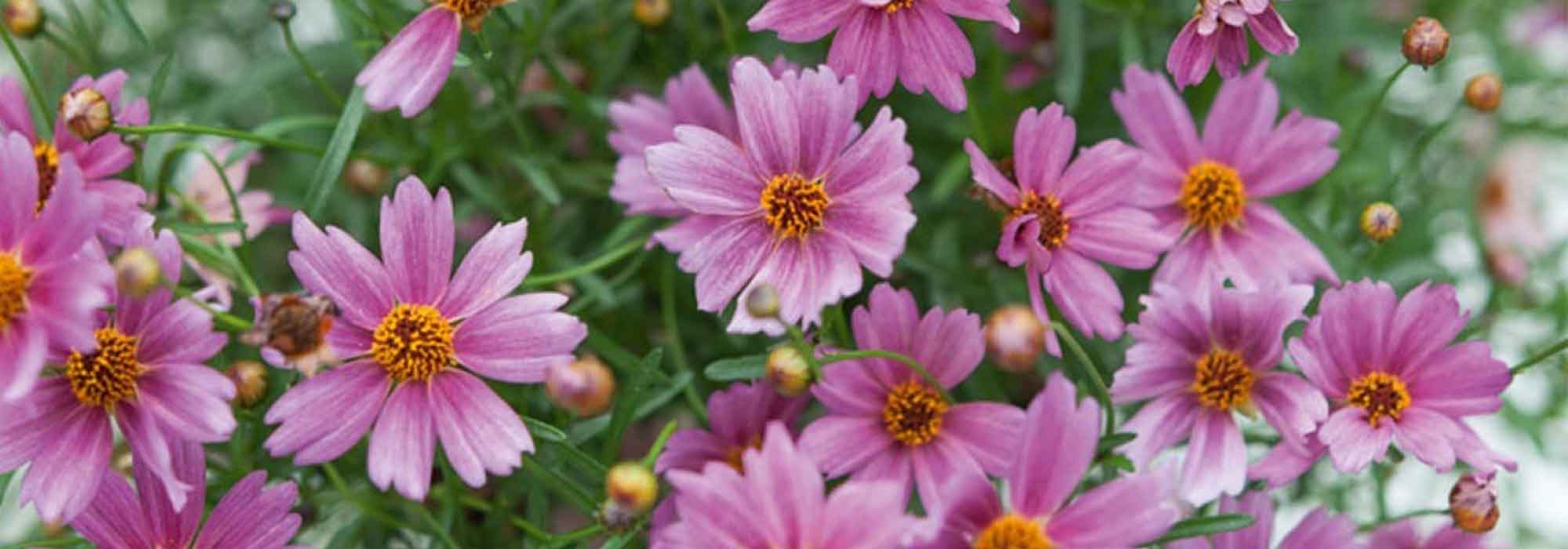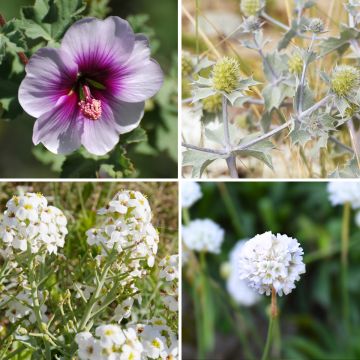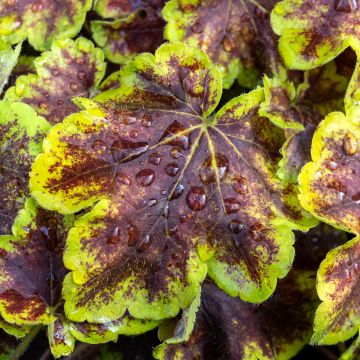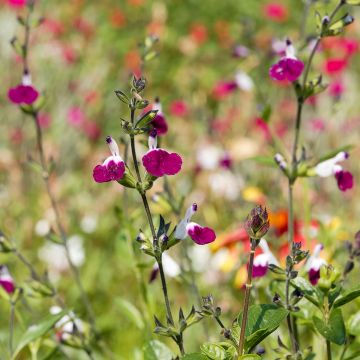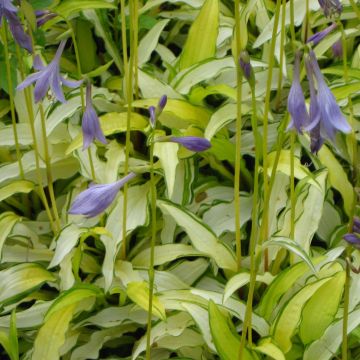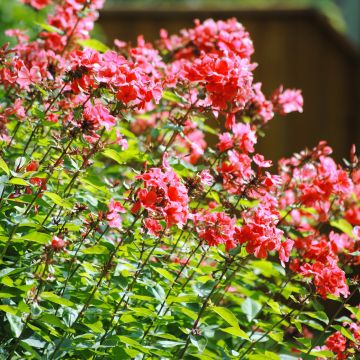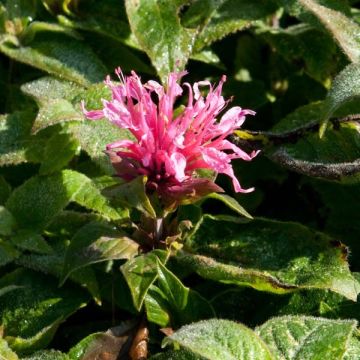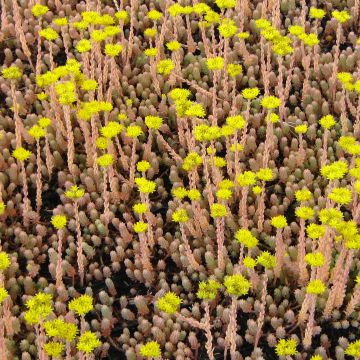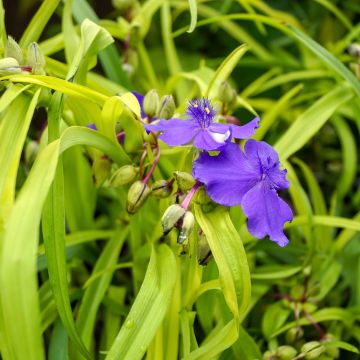

Coreopsis verticilliata Red Satin


Coreopsis verticilliata Red Satin


Coreopsis verticilliata Red Satin


Coreopsis verticilliata Red Satin
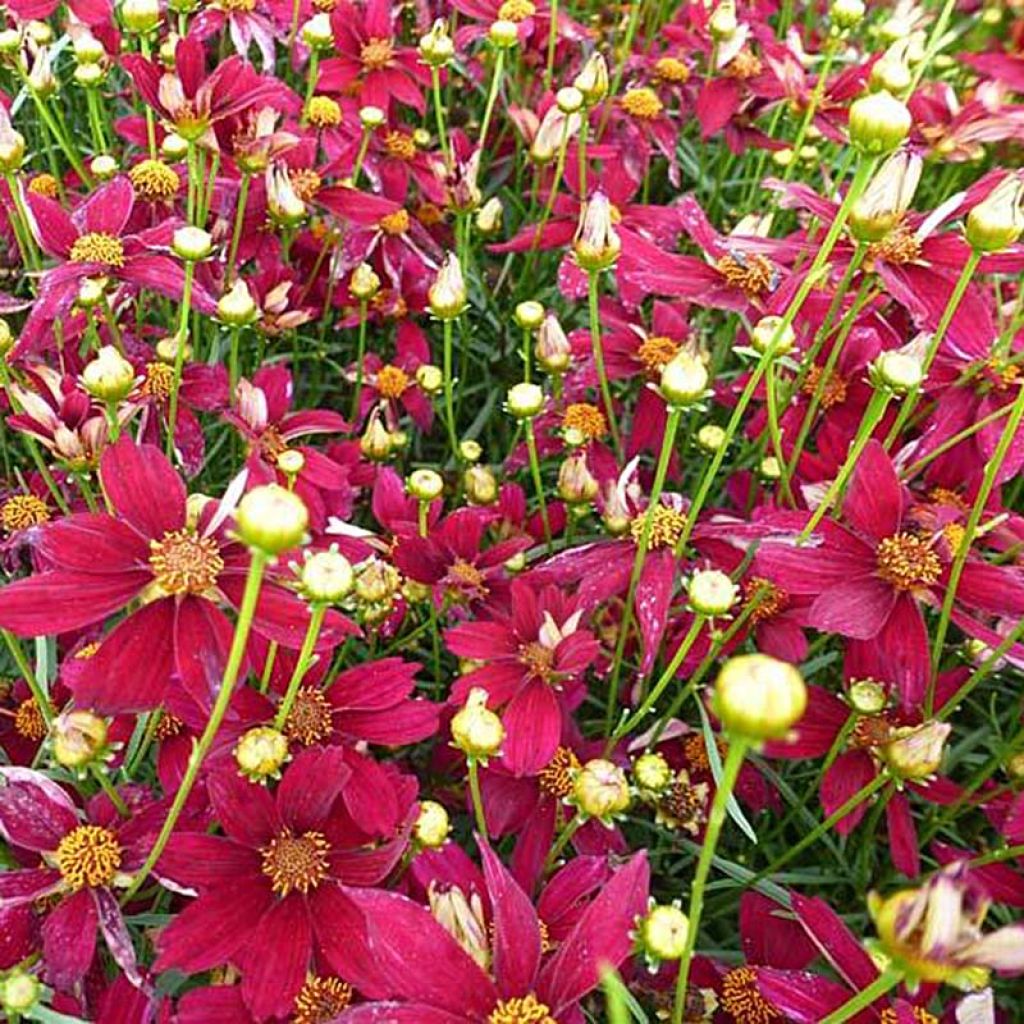

Coreopsis verticilliata Red Satin
Coreopsis verticilliata Red Satin
Coreopsis x verticilliata Red Satin
Threadleaf Coreopsis, Whorled Coreopsis, Thread-leaved Tickseed, Needle Tickseed
Planted last autumn - never came back up - now May 22 Traduction en anglais britannique : Planted last autumn - never emerged again - now 22nd May
Tina, 23/05/2024
Special offer!
Receive a €20 voucher for any order over €90 (excluding delivery costs, credit notes, and plastic-free options)!
1- Add your favorite plants to your cart.
2- Once you have reached €90, confirm your order (you can even choose the delivery date!).
3- As soon as your order is shipped, you will receive an email containing your voucher code, valid for 3 months (90 days).
Your voucher is unique and can only be used once, for any order with a minimum value of €20, excluding delivery costs.
Can be combined with other current offers, non-divisible and non-refundable.
Home or relay delivery (depending on size and destination)
Schedule delivery date,
and select date in basket
This plant carries a 12 months recovery warranty
More information
We guarantee the quality of our plants for a full growing cycle, and will replace at our expense any plant that fails to recover under normal climatic and planting conditions.
Does this plant fit my garden?
Set up your Plantfit profile →
Description
The 'Red Satin' Coreopsis is probably one of the most interesting hybrids in recent years. Its abundant flowering in June, with true red star-shaped flowers, a color rarely seen in coreopsis, is well highlighted by its bushy and relatively compact growth. The flowers continue to bloom, although less numerous, until October, adorning a fine foliage of beautiful deep green. Once well established, this sturdy perennial will withstand difficult conditions, and even some drought. A reliable and richly colored variety, perfect for enhancing borders, rock gardens, or generous flower pots. It is also an excellent cut flower.
The hybrid Coreopsis 'Red Satin' belongs to the Asteraceae family. It is a recent variety, belonging to the excellent 'Big Bang' series developed in the United States by Darrell Probst. The plants in this series are mainly derived from the botanical species Coreopsis verticillata and C. rosea, both native to the Americas (North and Central).
'Red Satin' was selected for its robustness, disease resistance, floribundity, and the very red color of its flowers. This rhizomatous herbaceous perennial with woody roots has a slightly spreading tufted habit formed by numerous upright stems. It quickly reaches 40 cm (16in) in all directions. The flowering begins as early as the end of May, reaches its peak in June-July, and continues, more sporadically, until autumn. The flowers are actually inflorescences called heads, composed of a crown of peripheral flowers called ligules, of intense red color, surrounding a central disc of fertile florets in amber yellow. They measure 3 cm (1in) in diameter and open from solitary globose buds carried on slightly hairy peduncles along slender stems. They attract many butterflies and bees. The foliage, dark green and semi-evergreen, consists of very thin and linear leaves, equipped with two spurs at the base, slightly hairy. This perennial slowly spreads by means of an interlacing of thin rhizomes, not invasive.
The 'Red Satin' Coreopsis is a carefree perennial with multiple uses. It will thrive in a rock garden, on a slope with wallflowers, love-in-a-mist, and wild flax, in an herbaceous border alongside Teucrium chamaedrys, cotton lavenders, and thistles like Eryngium. Its finely cut and airy foliage will blend well with plants with stiffer foliage, such as daylilies, echinaceas, red hot pokers, or irises. This 'Red Satin' variety will be the ideal companion for perennial plants, ornamental grasses, and ground-cover roses. It can be associated with shrubby salvias, panicle phlox, gauras, asters, knautias, campanulas, salvias, scabiouses, mountain centauries, yarrows, the superb Leucanthemum 'Crazy Daisy', or the Penstemon 'Le Phare', the choice is endless and depends on the tastes of each gardener. In pots or containers, this plant blooms generously, from the first year. For a beautiful summer display, both in the ground and in large pots, with very little water, it can be paired with Calamintha glandulosa and Nepeta 'Dawn to Dusk'. It is also a lovely flower for summer bouquets, like a little sun in the house.
Coreopsis verticilliata Red Satin in pictures
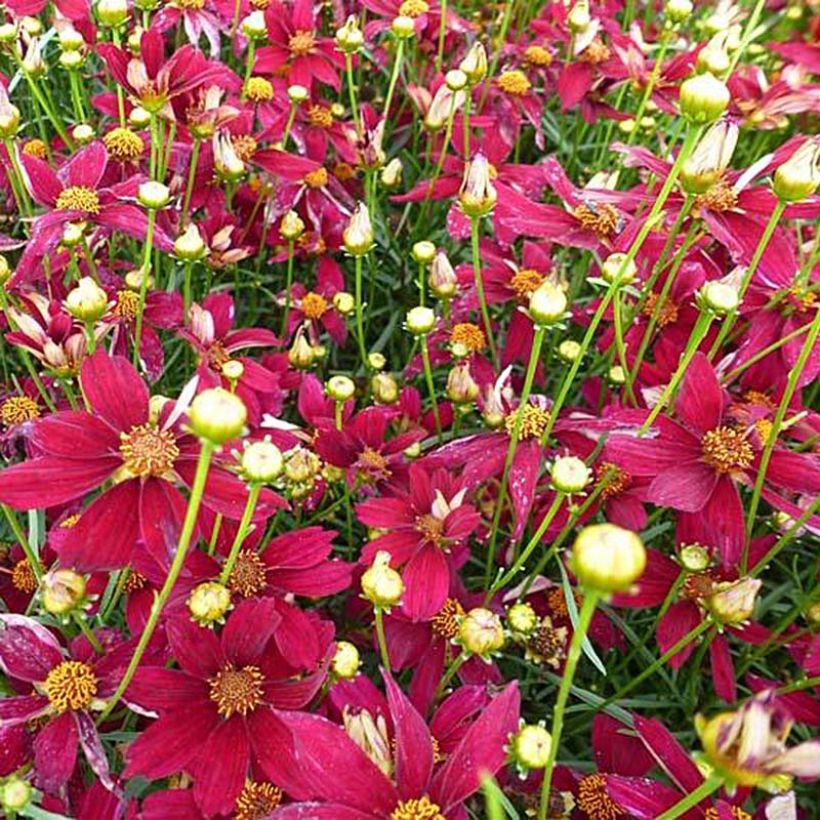

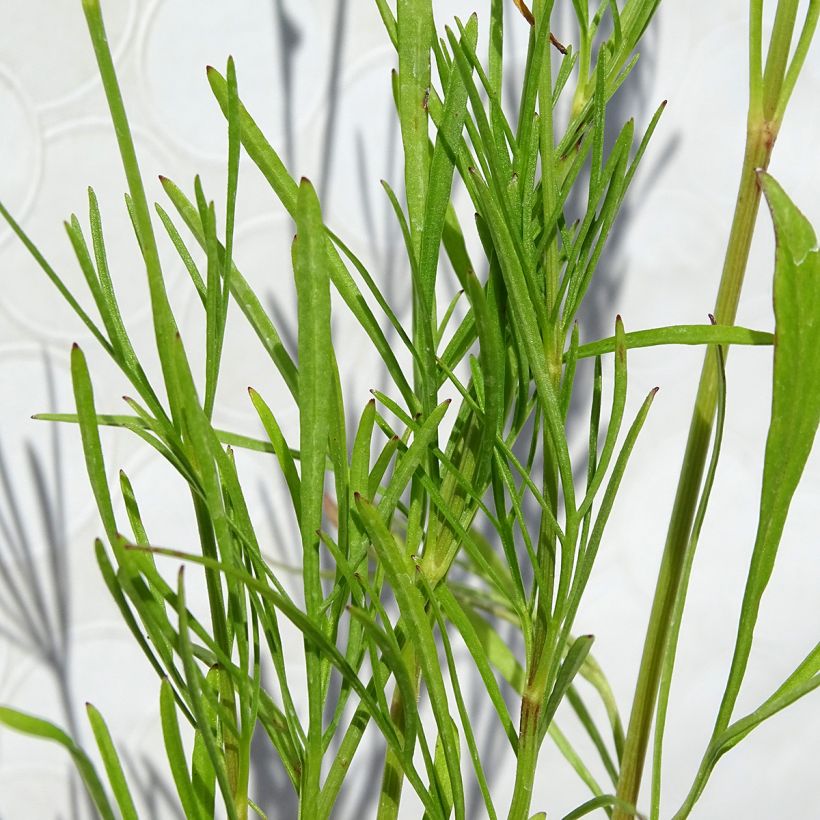

Flowering
Foliage
Plant habit
Botanical data
Coreopsis
x verticilliata
Red Satin
Asteraceae
Threadleaf Coreopsis, Whorled Coreopsis, Thread-leaved Tickseed, Needle Tickseed
Cultivar or hybrid
Other Coreopsis - Tickseed
View all →Planting and care
The Coreopsis 'Red Satin' is a hardy variety, tolerant of temperatures down to -15°C (5°F), in light and well-drained soil that does not retain water in winter. Low maintenance, it is perfectly suited for beginner gardeners and requires to be planted in full sun, in a very well-drained soil, enriched with gravel or coarse sand if the garden soil is heavy, compact, and clayey. Very adaptable, it will thrive in both rich, loose, and moist soil, as well as in soil with relative humidity, poor, rocky, and sandy, as it is drought tolerant once well established. It is recommended to divide the clumps every 2 to 3 years, in spring, in order to maintain beautiful and floriferous plants. To encourage reblooming, it is preferable to remove faded flowers, especially at the end of August.
Planting period
Intended location
Care
Planting & care advice
-
, onOrder confirmed
Reply from on Promesse de fleurs
Similar products
Haven't found what you were looking for?
Hardiness is the lowest winter temperature a plant can endure without suffering serious damage or even dying. However, hardiness is affected by location (a sheltered area, such as a patio), protection (winter cover) and soil type (hardiness is improved by well-drained soil).

Photo Sharing Terms & Conditions
In order to encourage gardeners to interact and share their experiences, Promesse de fleurs offers various media enabling content to be uploaded onto its Site - in particular via the ‘Photo sharing’ module.
The User agrees to refrain from:
- Posting any content that is illegal, prejudicial, insulting, racist, inciteful to hatred, revisionist, contrary to public decency, that infringes on privacy or on the privacy rights of third parties, in particular the publicity rights of persons and goods, intellectual property rights, or the right to privacy.
- Submitting content on behalf of a third party;
- Impersonate the identity of a third party and/or publish any personal information about a third party;
In general, the User undertakes to refrain from any unethical behaviour.
All Content (in particular text, comments, files, images, photos, videos, creative works, etc.), which may be subject to property or intellectual property rights, image or other private rights, shall remain the property of the User, subject to the limited rights granted by the terms of the licence granted by Promesse de fleurs as stated below. Users are at liberty to publish or not to publish such Content on the Site, notably via the ‘Photo Sharing’ facility, and accept that this Content shall be made public and freely accessible, notably on the Internet.
Users further acknowledge, undertake to have ,and guarantee that they hold all necessary rights and permissions to publish such material on the Site, in particular with regard to the legislation in force pertaining to any privacy, property, intellectual property, image, or contractual rights, or rights of any other nature. By publishing such Content on the Site, Users acknowledge accepting full liability as publishers of the Content within the meaning of the law, and grant Promesse de fleurs, free of charge, an inclusive, worldwide licence for the said Content for the entire duration of its publication, including all reproduction, representation, up/downloading, displaying, performing, transmission, and storage rights.
Users also grant permission for their name to be linked to the Content and accept that this link may not always be made available.
By engaging in posting material, Users consent to their Content becoming automatically accessible on the Internet, in particular on other sites and/or blogs and/or web pages of the Promesse de fleurs site, including in particular social pages and the Promesse de fleurs catalogue.
Users may secure the removal of entrusted content free of charge by issuing a simple request via our contact form.
The flowering period indicated on our website applies to countries and regions located in USDA zone 8 (France, the United Kingdom, Ireland, the Netherlands, etc.)
It will vary according to where you live:
- In zones 9 to 10 (Italy, Spain, Greece, etc.), flowering will occur about 2 to 4 weeks earlier.
- In zones 6 to 7 (Germany, Poland, Slovenia, and lower mountainous regions), flowering will be delayed by 2 to 3 weeks.
- In zone 5 (Central Europe, Scandinavia), blooming will be delayed by 3 to 5 weeks.
In temperate climates, pruning of spring-flowering shrubs (forsythia, spireas, etc.) should be done just after flowering.
Pruning of summer-flowering shrubs (Indian Lilac, Perovskia, etc.) can be done in winter or spring.
In cold regions as well as with frost-sensitive plants, avoid pruning too early when severe frosts may still occur.
The planting period indicated on our website applies to countries and regions located in USDA zone 8 (France, United Kingdom, Ireland, Netherlands).
It will vary according to where you live:
- In Mediterranean zones (Marseille, Madrid, Milan, etc.), autumn and winter are the best planting periods.
- In continental zones (Strasbourg, Munich, Vienna, etc.), delay planting by 2 to 3 weeks in spring and bring it forward by 2 to 4 weeks in autumn.
- In mountainous regions (the Alps, Pyrenees, Carpathians, etc.), it is best to plant in late spring (May-June) or late summer (August-September).
The harvesting period indicated on our website applies to countries and regions in USDA zone 8 (France, England, Ireland, the Netherlands).
In colder areas (Scandinavia, Poland, Austria...) fruit and vegetable harvests are likely to be delayed by 3-4 weeks.
In warmer areas (Italy, Spain, Greece, etc.), harvesting will probably take place earlier, depending on weather conditions.
The sowing periods indicated on our website apply to countries and regions within USDA Zone 8 (France, UK, Ireland, Netherlands).
In colder areas (Scandinavia, Poland, Austria...), delay any outdoor sowing by 3-4 weeks, or sow under glass.
In warmer climes (Italy, Spain, Greece, etc.), bring outdoor sowing forward by a few weeks.






























